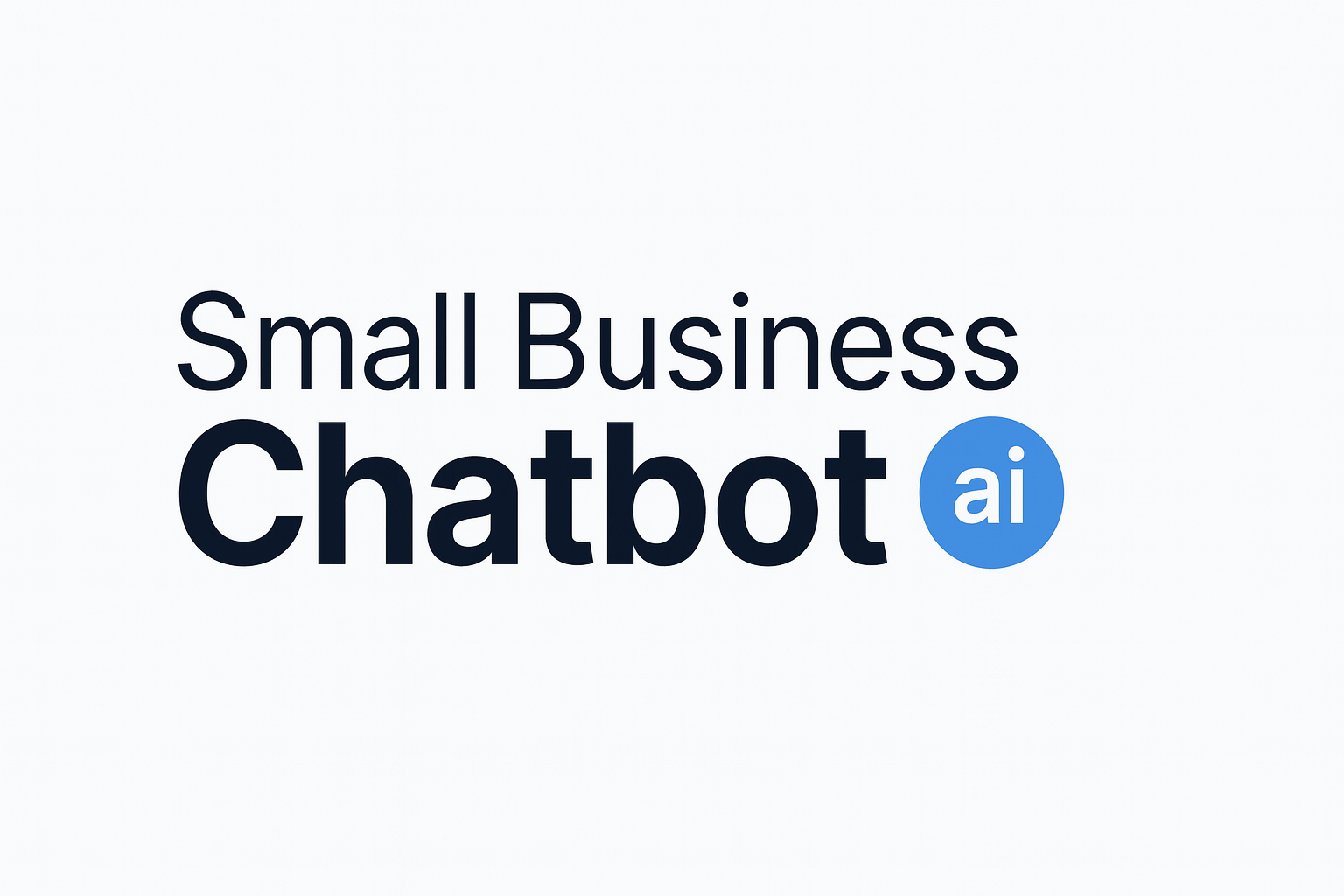Static forms still do heavy lifting for small businesses—especially when they’re short, mobile-friendly, and paired with fast follow-up. This guide shows you how to design, place, and optimize lead capture forms so more visitors turn into qualified conversations and booked jobs.
Why lead capture forms still matter
Forms remain one of the most reliable ways to turn attention into pipeline. Across 41,000 landing pages, the median conversion rate was 6.6% in Q4 2024—real, recent benchmark data you can use for planning (Unbounce, 2024). See the Unbounce Conversion Rate analysis.
- Forms work while you sleep—collecting details you need to qualify and follow up.
- They’re flexible: embed on service pages, blogs, and landing pages—then route leads to the right person or system.
- When combined with an always-on chat agent, forms become conversational, not a chore. Try the approach with Small Business Chatbot.
• The average checkout exposes ~11.3 form fields, and 18% of U.S. shoppers have abandoned due to a “too long/complicated” process—fewer visible fields win (Baymard Institute, 2024). See Baymard’s 2024 findings.
• Responding to a new inquiry within 60 minutes makes you nearly 7× more likely to qualify the lead vs. waiting longer; many firms still average 42 hours (Harvard Business Review, 2011). Read The Short Life of Online Sales Leads.
Design principles that boost completion
Great forms feel effortless. Focus on clarity, fewer fields, mobile-first layout, and immediate but friendly error feedback. Here’s how to build that experience.
Ask less, get more
- Keep initial forms short: start with 3–5 essentials (name, email, one qualifier). Save deeper questions for later or use a chatbot to ask them conversationally.
- Remove non-essential fields and make sensitive ones (phone, budget) optional unless truly required.
- Use conditional logic so people only see questions that apply to them.
Shorten perceived effort by splitting medium-length forms into 2–3 steps with a progress bar. On submit, show a clear confirmation and next steps. Then offer to continue the conversation in chat.
Lay it out for mobile first
- Use a single‑column layout and large, tappable inputs—faster to scan and complete on phones (Hennepin County Design System). See the single‑column and accessibility guidance.
- Place labels above fields (don’t rely on placeholders as labels).
- Turn on browser autofill and address autocompletion; reduce typing wherever possible.
Make errors easy to fix
Use inline validation on blur (after a user leaves a field), put error text right below the problematic field, and clear the message as soon as it’s corrected—this reduces frustration and speeds completion (Hennepin County Design System).
Design persuasive calls to action
- Use action verbs tied to value: “Get my quote,” “Check availability,” “Book my consult.”
- Show trust indicators nearby (reviews, badge, short privacy note). See what real buyers say on our customer reviews page.
- Color matters less than contrast and clarity—but make the button easy to spot.
Where to place forms for maximum impact
Meet visitors at moments of highest intent. Mix persistent placements with contextual prompts.
High‑intent locations
- Hero sections on core service pages (above the fold).
- End of how‑to articles and case studies.
- Pricing and comparison pages.
- Sticky slide‑out on mobile for “Request a quote.”
Smart triggers
- Exit‑intent on long articles with a soft offer (e.g., checklist PDF).
- Scroll‑depth prompts (50–75%).
- Time‑on‑page prompts after engagement (e.g., 45–60 seconds).
- Chat takeover: let an AI agent pre‑qualify, then fill the form for the user.
Want your form to talk to your CRM and calendar? See supported connections on our integrations page.
30‑minute launch checklist
- Define the minimum data you need now (3–5 fields). Everything else can wait.
- Choose single‑column layout, labels above inputs, and turn on autofill.
- Write a value‑focused CTA (“Get my estimate”) and add a one‑line privacy note.
- Enable inline validation on blur and plain‑English error messages.
- Add a progress bar if you have multiple steps; keep steps short.
- Place forms on your top 3 high‑intent pages and add one scroll‑triggered prompt.
- Set a post‑submit path: instant confirmation + immediate scheduling option.
- Route submissions to your inbox/CRM and assign owners automatically.
- Set up a 5‑minute response SLA using chat, SMS, or email templates.
- Create an A/B test: button copy or adding/removing one field.
Measure, test, and iterate
Track the whole journey—from first field focus to booked appointment. Then iterate in small, testable steps.
- Form conversion rate: submissions ÷ unique visitors. Use the 6.6% median as a broad, cross‑industry baseline (Unbounce, 2024).
- Field‑level drop‑off and errors: which questions cause friction?
- Completion time: aim for under 60 seconds for short forms.
- Speed‑to‑lead: reply within 5–60 minutes. Teams that wait longer qualify far fewer leads (Harvard Business Review).
- Downstream KPI: % of form submits that book a meeting. Offering instant scheduling after submit can raise conversion from ~30% to ~66.7% (Chili Piper, 2025). See their 2025 benchmark.
On the thank‑you page, auto‑open your scheduler and keep the chat widget visible. If the visitor doesn’t book, have your AI agent offer help and capture a preferred time window instead.
Simple A/B tests to run this month
- CTA copy: “Get my quote” vs. “Check availability.”
- Make phone number optional vs. required.
- Two‑step form (contact → project details) vs. one long step.
- Thank‑you page with instant scheduler vs. no scheduler.
If you prefer a chat‑first flow, Small Business Chatbot can greet visitors, ask qualifying questions, and push structured answers into your form or CRM automatically—so no one abandons mid‑way.
Reducing visible fields is often the fastest win. Baymard’s large‑scale studies show most sites can get from 11.3 visible fields down to ~8 with smarter defaults and consolidation (2024). Reference: Baymard Institute.
Frequently asked questions for lead capture forms
- How many fields should my initial lead form have?
- Aim for 3–5 essentials (name, email, one qualifier). You can collect details later by email, phone, or a conversational chatbot. Fewer visible fields reduce friction (Baymard, 2024).
- Are multi‑step forms better than single‑step?
- When you have more than a handful of inputs, splitting into 2–3 short steps with a progress bar typically improves perceived effort and completion. Test both approaches on your audience.
- Where should I place lead forms?
- Put them on high‑intent pages (service, pricing, case studies) and add a contextual prompt on long posts. Keep a persistent chat or slide‑out for mobile users who prefer conversations.
- What should my CTA say?
- Use action‑plus‑value copy: “Get my estimate,” “Book a free consult,” or “Check availability today.” Match the promise on the thank‑you page with the next step (e.g., instant scheduler).
- How fast should I follow up after a submission?
- Within 5–60 minutes. HBR’s analysis found huge drops in qualification odds as response time increases; many companies still respond in hours, not minutes. A chatbot can acknowledge instantly and gather extra context while you’re alerted.
- What metrics matter beyond conversions?
- Watch field‑level errors, completion time, device mix, and the rate of submits that become booked calls or paid jobs. If bookings lag, add scheduling to the thank‑you page.
- How do I make forms mobile‑friendly and accessible?
- Use single‑column layout, labels above fields, large tap targets, and inline validation with clear messages. See public‑sector best practices from Hennepin County’s Design System.
Sources cited
- Unbounce. Q4 2024 landing‑page conversion benchmarks (updated Mar 4, 2025). View analysis.
- Baymard Institute. Checkout fields and abandonment findings (Jun 26, 2024). Research article.
- Harvard Business Review. The Short Life of Online Sales Leads (Mar 2011). HBR article.
- Hennepin County Design System. Form principles and validation guidance. Guidelines.
- Chili Piper. 2025 Benchmark on demo form to booked‑meeting conversion. Report.



